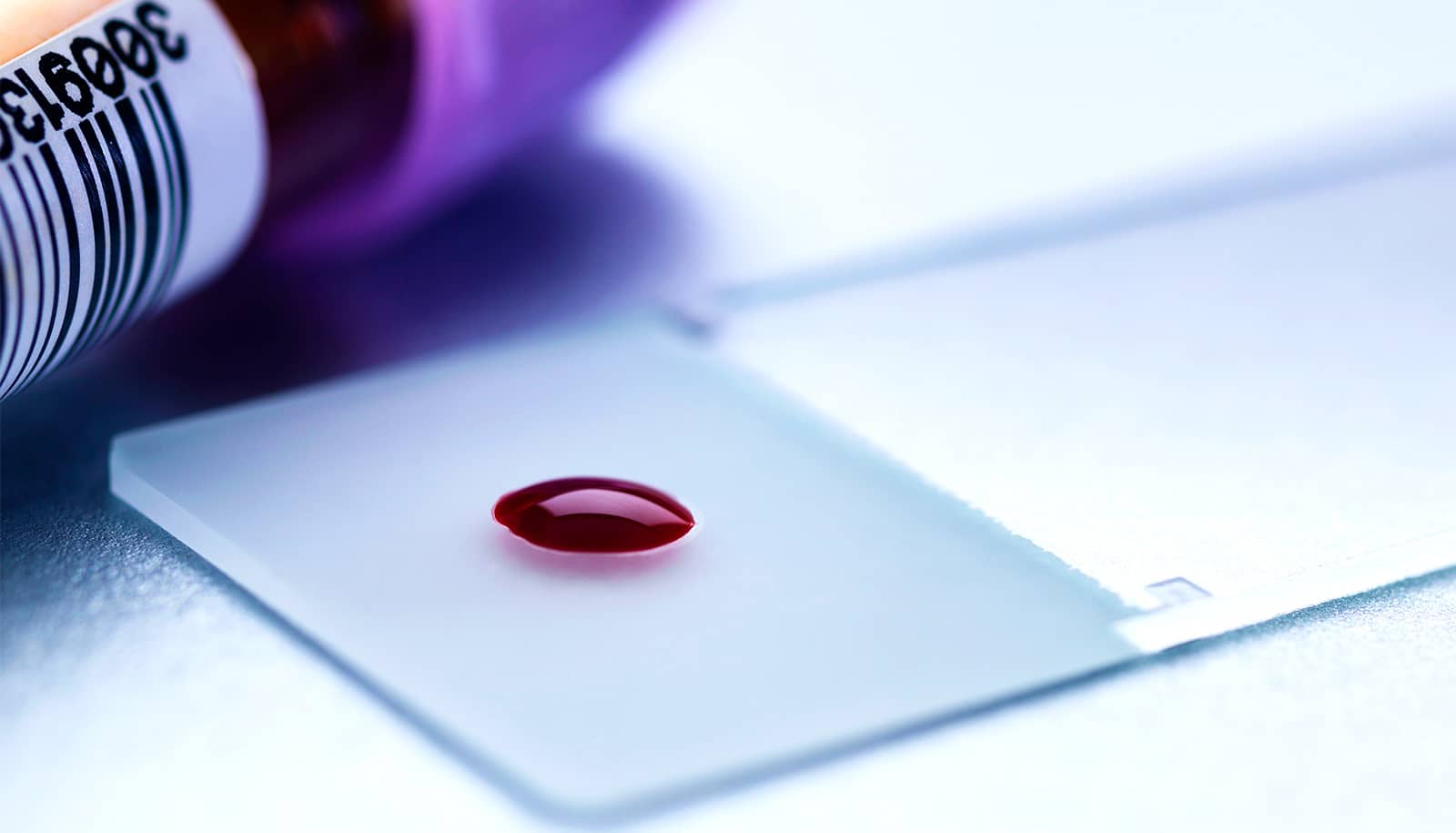Scientists have figured out a way to stop the progression of a particularly voracious type of melanoma, according to a new study.
Damaging effects of ultraviolet light—from sources like sunlight and tanning beds—commonly cause melanoma on the DNA of skin cells. This UV damage can activate genes that encourage precancerous cells to further mutate into full-blown skin cancer. At the same time, UV damage can turn off other genes that would normally prevent tumor growth.
With enough wrongly flipped switches, cancer can flourish. And melanoma is certainly flourishing. This year alone, doctors will diagnose 96,480 new instances of melanoma in the United States and 7,230 Americans will die from the disease.
With melanoma affecting so many people, scientists are on the hunt for better ways to screen for melanoma risk and treat the most lethal types of skin cancer. One particularly type of melanoma caused by mutation of a gene called NRAS (which instructs cells to produce a protein of the same name, NRAS) drives 25 percent of skin cancers.
“There are immunotherapies and targeted therapies that have shown huge improvements for patients with melanoma,” says Rutao Cui, a professor of pharmacology and dermatology at the Boston University School of Medicine. “However, for patients with NRAS mutations, they don’t have very useful or very effective treatment strategies.”
Now, the researchers have discovered a how to stop the progression of melanoma with NRAS mutations with the flip of a genetic switch. Their findings appear in Cell.
On and off switch
Inside our bodies, proteins like NRAS play the role of dominoes, interacting with one another to switch other important gene activities on or off. The researchers set out in search of a way to interrupt the process in which mutated NRAS instigate the growth of skin cancer.
Because of the difficulty in targeting the NRAS gene—just one of several dominoes in this type of skin cancer pathway—researchers wanted to find another approach.
For NRAS to trigger cancer development, it first needs another protein in the body to activate it. Until now, researchers haven’t known exactly which protein activates NRAS. But after testing the effect of several different proteins on the activity of NRAS, the team zeroed in on a likely culprit, a protein named STK19.
STK19 isn’t a newly discovered protein in its own right, but scientists didn’t know its purpose until now. STK19 appears to work as an “on” switch for NRAS—activating production of NRAS proteins which, in turn, trigger the toppling of several other genetic dominoes downstream.
The researchers also found that, unlike NRAS, they could disable the STK19 gene and greatly diminish its ability to set the skin cancer sequence in motion.
More monitoring
The team designed a new drug compound to shut down the effect of STK19 on NRAS. Then, testing its effect on skin cells cultured in petri dishes and in animal models, they proved that their compound can block NRAS activation and prevent melanoma from developing.
This result is exciting not just for melanoma, but for other cancers as well, Cui says. While the relationship between STK19 and NRAS may be particular to skin cancer, researchers can apply the approaches to identify and block key activating proteins to find new treatments for similarly difficult-to-cure cancers.
The team next wants to take the research to clinical trials to test out the STK19 inhibitor in humans, and hopefully, someday make it available as a targeted therapy to combat NRAS-driven melanomas.
In the meantime, Cui says that work to not only create better and more precise treatments for patients with melanoma, but also to alert vulnerable populations about the risk factors associated with the cancer continues.
“We need more monitoring for early diagnosis and full-body examinations for problematic spots,” he says, “and more proactive strategies for patients [at the highest risk of developing melanoma] to prevent cancer progression and metastasis.”
Boston University, the National Key R&D Program, the National Natural Science Foundation of China, the Fundamental Research Funds for the Central Universities of China, the Program of Introducing Talents of Discipline to Universities, and the Ludwig Institute for Cancer Research funded the work.
Source: Sarah Wells for Boston University



